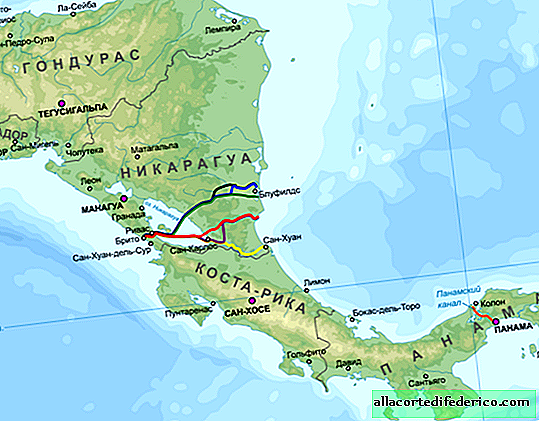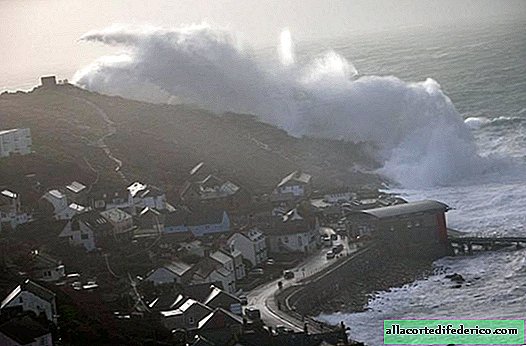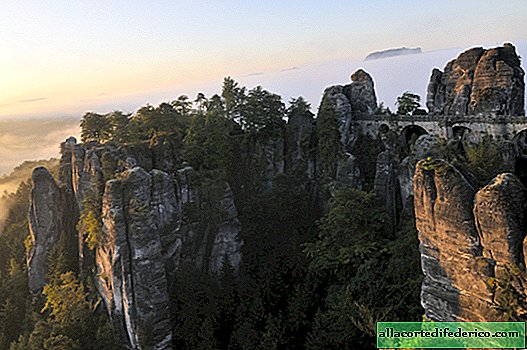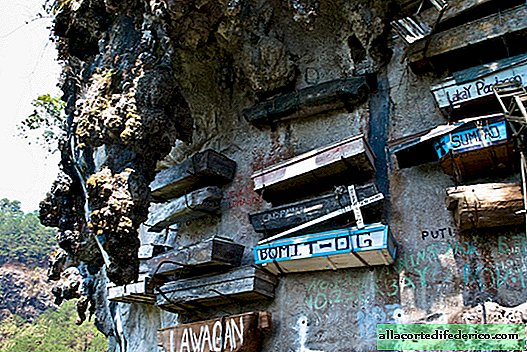In Zimbabwe built a termite building that does not need air conditioning
Architects and designers often draw inspiration from the wildlife world and borrow interesting ideas from animals. For example, in the capital of the African country Zimbabwe, the city of Harare, not so long ago a building unique in its structure appeared. Engineers took as a basis the “layout” of termite mounds and created a duct system in the building, which helps to reduce energy costs for air conditioning.
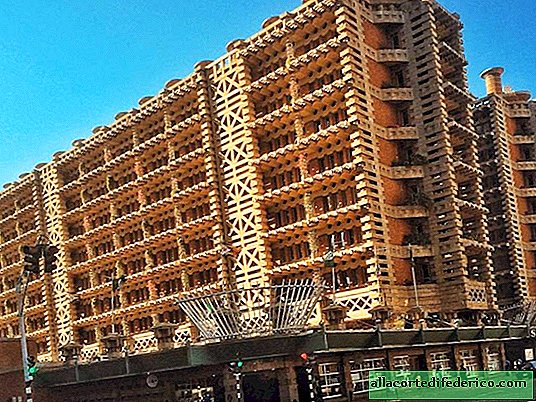
Termites are the most hardworking and highly organized builders on our planet, and colonies of these tiny insects are able to transform huge areas. Their homes are equipped with an ingenious ventilation system, which allows you to maintain a stable microclimate inside with the right parameters for temperature and humidity. Having carefully studied the device of termite mounds, the engineers decided to recreate something similar in order to reduce energy consumption in an ordinary office building.

The architect of the building called Eastgate was Mark Pierce. In Harer, as in the rest of Zimbabwe, in the spring-summer season the temperature stably stays above 35 ° C in the shade, so the cost of air conditioning of office and public buildings is very significant. But there are no air conditioners in the Eastgate office building, because instead of them the role of coolers is performed by a system of controlled ducts, spied on by termites. The ventilation system used in the building allows you to remove excess heat during the heat, as well as keep warm air accumulated during the day at night.

But achievements in the field of conditioning are not the only successes of termites, because they have learned to remove excess moisture from their homes. Engineers continue to further research the energy-saving system of complex termite mounds in order to understand how excess moisture is removed from insect structures. Here termites have also achieved success, so their knowledge can be useful in construction.



